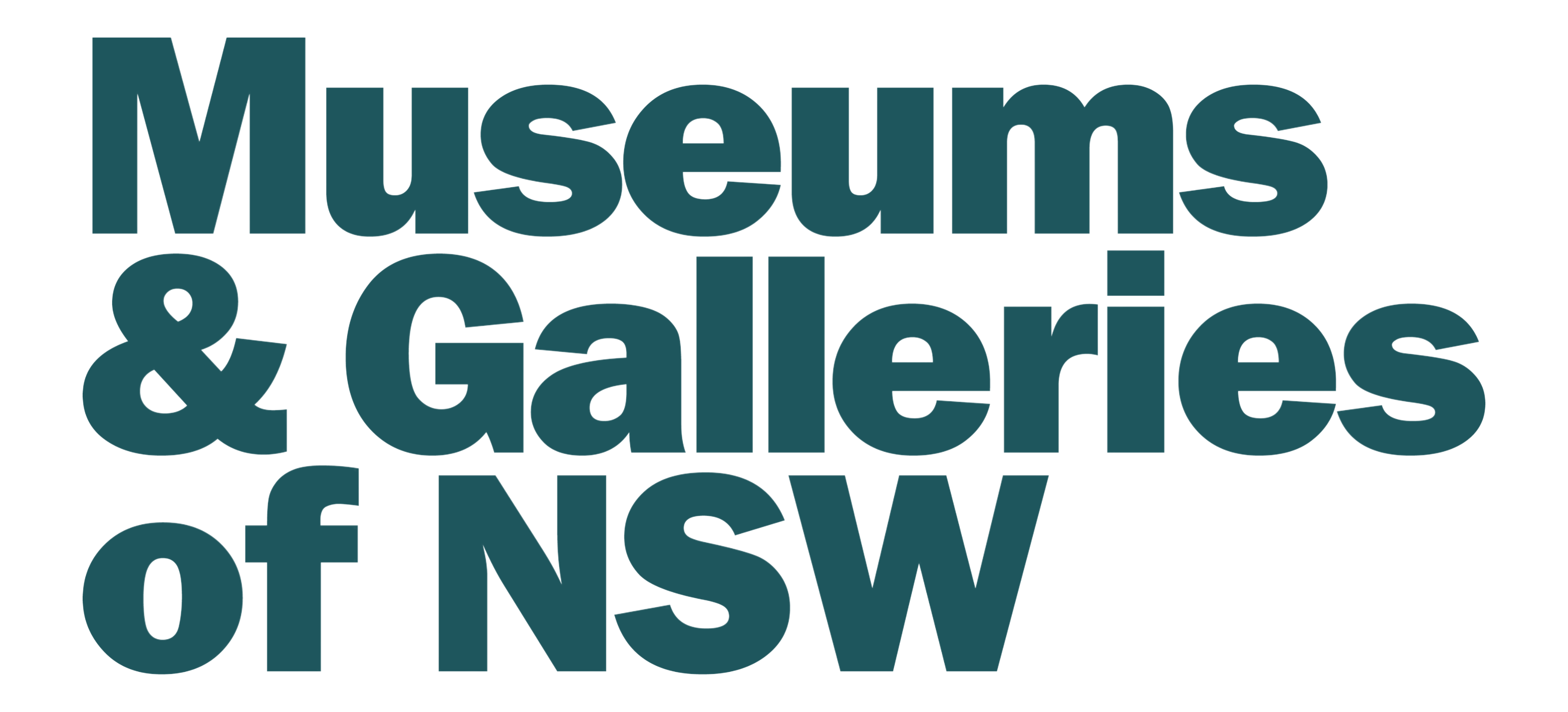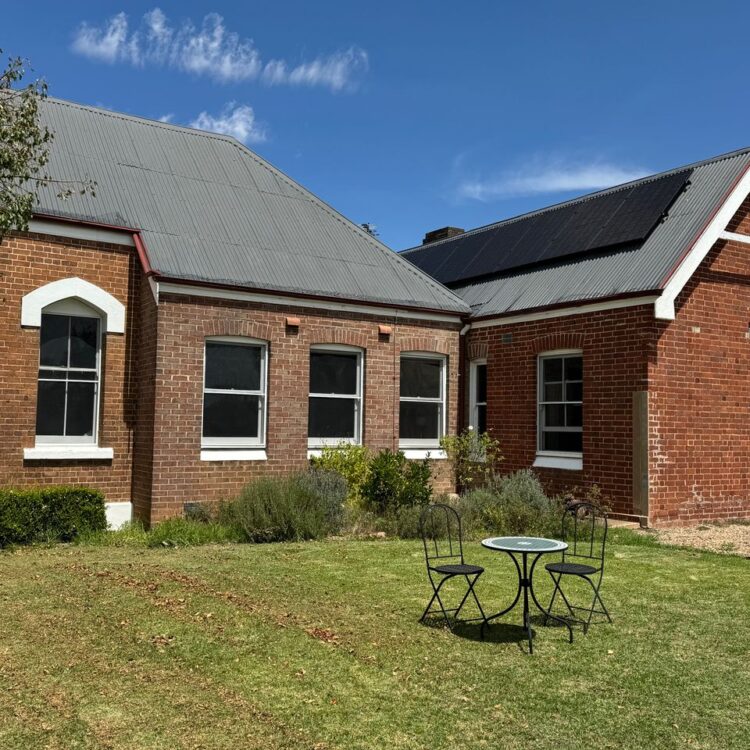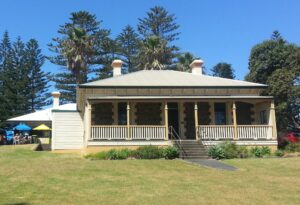The Pilot’s Cottage Museum in Kiama has taken a bold and meaningful step to reframe how local Aboriginal history is presented, in close partnership with Wodi Wodi Elder Dr Aunty Joyce Donovan. In this INSIGHTS feature, Dr Tony Gilmour of the Kiama Historical Society reflects on the process, challenges, and learnings of reshaping museum narratives—and how this evolving approach is building stronger cross-cultural understanding and long-term reconciliation.
Can you start by telling us more about this project and why the Museum felt it was important to carry out?
Kiama’s museum was established through a Bicentennial grant in 1988, a funding scheme to mark the anniversary of European settlement. Displays reflected attitudes of the time, including that the area was ‘discovered’ by the British. By 2024, we realised that the museum needed to tell a more comprehensive, inclusive story of the area’s people, both before and after settlement. Aboriginal history was a major gap.
Can you tell us how the relationship with Aunty Joyce was established?
I was introduced to Aunty Joyce seven years ago, and asked her to perform a traditional blessing at my marriage to partner John. We’ve become friends and have been in regular contact ever since. In 2023, she and I presented to our Society’s members and guests on the Aboriginal housing history of Kiama and the NSW south coast. This led to our idea to apply for a grant for a larger project.
The project seemed to make a point of being very conscious of updating particular words and phrases in its displays. Can you tell us why words matter when talking about history?
Museum visitors understand history through objects, images and words. These are often contested, especially in connection with Aboriginal history. For example, we had to decide whether to refer to the events of the late eighteenth century as ‘invasion’, ‘colonisation’, ‘settlement’ or the start of the ‘Frontier wars’. This is why it is important to seek wisdom from both Aboriginal and non-Aboriginal people.
The words we have used in the displays are not fixed permanently, and will remain open to discussion and change. This is the historical process in action!
The renewed focus on local Aboriginal history has also been integrated into other stories throughout the museum. Can you speak about why that was so important?
We believe it is important that Aboriginal history is not restricted to just one part of the museum and only covers the time before European settlement. Aboriginal people continued and continue to live in the Kiama area long after the start of colonisation. So often, Aboriginal people have remained ‘hidden in plain sight’ in Australian historical narratives.
Our approach was to review all existing displays and think of ways to make them more inclusive. For example, we described how Aboriginal people worked in local industries and on farms. We also found pictures of Aboriginal children attending local schools alongside settler children.
What have been some of the major learnings for both the Museum and the community through this process?
It took more time than we expected to unearth the hidden histories of Aboriginal people, and as museum curators, we had to be patient listeners. However, the process was far more rewarding than expected as it became a journey of cross-cultural exchange. Not all local Aboriginal people were aware of their ancestors’ rich history and connection to the locality.
Local Aboriginal people have differing views on their history, just as non-Aboriginal people do. We therefore describe our work as a ‘living display’ and welcome further input and engagement from local people, especially Elders.
The Kiama Historical Society now also has a Reconciliation Action Plan. Can you talk about what your RAP is doing to further support an increased focus on Aboriginal culture?
The Society has been building stronger links with local Aboriginal people over the last two years. Having a RAP helps bring everything together in a coordinated way and shows the outside world that we take reconciliation seriously.
The RAP also establishes a road map of what we will do in the future. Reconciliation is a journey, not a destination.
Dr Tony Gilmour is the Vice President and Treasurer of the Kiama Historical Society.







